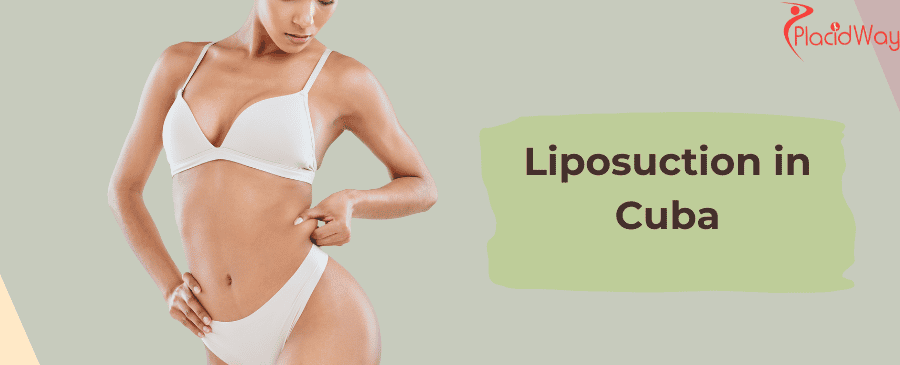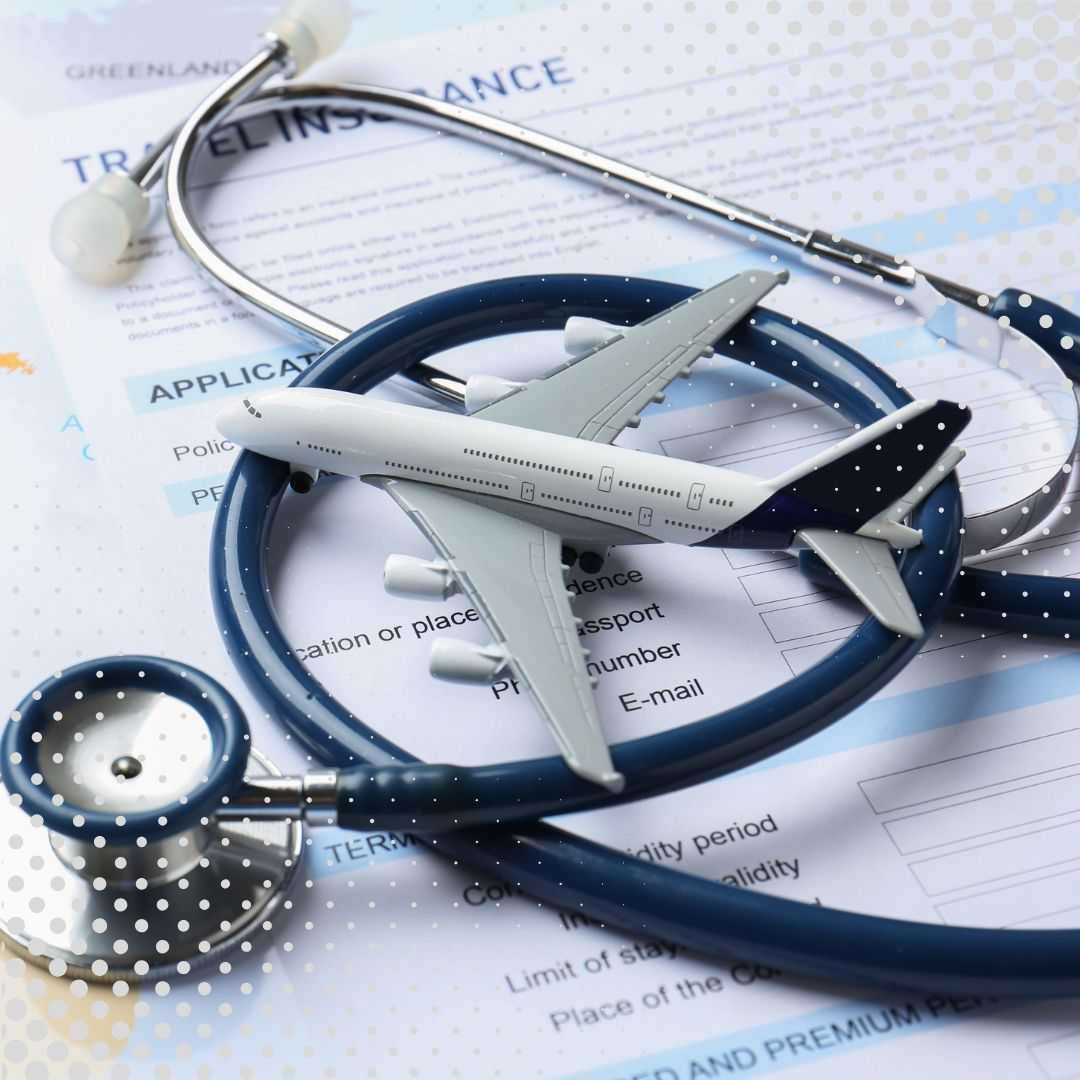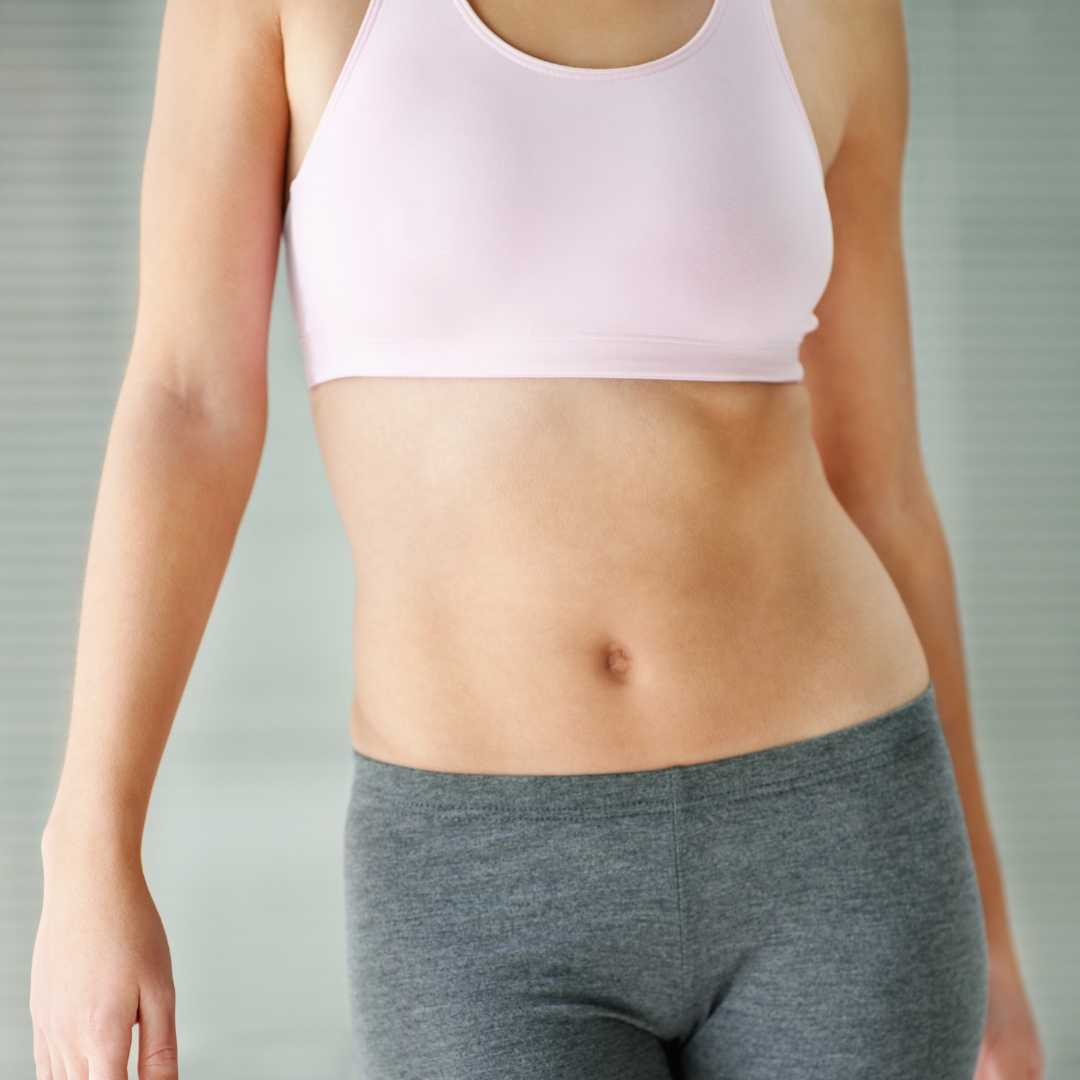Liposuction Cost in Cuba: A Comprehensive Guide

Cuba has emerged as a destination for medical tourism, offering a range of medical and cosmetic procedures at significantly lower costs compared to many Western countries, particularly the United States. This affordability, combined with the country's established healthcare system and experienced medical professionals, makes Cuba an attractive option for those seeking liposuction abroad. While the prices are competitive, it's essential to understand the specific costs involved, what influences them, and what to expect from the overall experience in Cuba. This guide aims to provide a comprehensive overview of liposuction costs in Cuba and related considerations.
How much does liposuction generally cost in Cuba?
-
Mini-liposuction for small areas like the hips or buttocks can start from around $750.
-
Neck and jowl liposuction is often priced around $890 - $1,405.
-
Arm liposuction may range from $900 - $1,810.
-
Hip liposuction typically falls between $1,110 - $1,510.
-
Abdominal liposuction costs can be around $1,570 - $1,810.
-
Thigh liposuction can range from $1,090 - $1,420.
-
Combined procedures, such as liposuction of thighs, hips, and abdomen, can cost approximately $2,295 - $2,555.
These prices generally include the surgeon's fee, anesthesia, and facility costs, though it's always important to get a detailed quote from your chosen clinic.
What factors influence the cost of liposuction in Cuba?
-
Number and Size of Treatment Areas: Treating multiple or larger body areas (e.g., full abdomen and flanks) will naturally cost more than a single, smaller area (e.g., knees or neck).
-
Volume of Fat Removed: Procedures requiring the removal of a significant amount of fat generally incur higher costs due to longer surgical time and increased complexity.
-
Type of Anesthesia: Liposuction can be performed under local anesthesia with sedation or general anesthesia. General anesthesia typically adds to the overall cost due to the involvement of an anesthesiologist and specialized monitoring.
-
Surgeon's Experience and Reputation: Highly skilled and reputable surgeons, especially those with extensive experience in liposuction, may charge higher fees.
-
Clinic Facilities and Technology: The quality and accreditation of the surgical facility, as well as the use of advanced liposuction techniques (e.g., VASER liposuction, if available), can impact the price.
-
Pre- and Post-Operative Care: Some clinics offer comprehensive packages that include initial consultations, follow-up appointments, and post-operative garments or medications, while others might charge for these services separately.
-
Accommodation and Travel: While the surgical cost might be low, travel expenses, accommodation, and daily living costs during your stay in Cuba will also factor into your total expenditure. Some medical tourism providers offer packages that include these aspects.
Always request a detailed quote that outlines all inclusions and exclusions to avoid unexpected expenses.
How do liposuction prices in Cuba compare to other countries?
Here's a general comparison:
These significant savings are a primary driver for individuals seeking liposuction in Cuba. The lower operational costs within Cuba's healthcare system, including lower labor wages and facility expenses, contribute to these competitive prices without necessarily compromising on quality of care, especially in specialized medical tourism clinics.
What types of liposuction are available in Cuba?
Common areas for liposuction in Cuba include:
-
Abdomen and Waist (Love Handles)
-
Hips and Thighs (Outer and Inner Thighs)
-
Buttocks
-
Arms
-
Neck and Jowls
-
Back
-
Knees and Calves
-
Male Chest (for gynecomastia)
While less commonly advertised, some specialized clinics in Cuba may also offer or be equipped for more advanced techniques like VASER liposuction, which uses ultrasound energy to liquefy fat cells before suctioning, potentially leading to smoother results and faster recovery. It's important to inquire directly with clinics about the specific techniques they utilize. Additionally, liposuction is often performed as a standalone procedure or in combination with other body contouring surgeries like abdominoplasty (tummy tuck) for a more comprehensive transformation.
What is the typical recovery time for liposuction?
-
Immediately After Surgery (Day 1-3): You will experience swelling, bruising, and some discomfort in the treated areas. A compression garment will be applied to help reduce swelling and promote skin retraction. Drainage tubes might be used in some cases. Mild pain is manageable with prescribed medication.
-
First Week (Days 4-7): Swelling and bruising will be noticeable, but typically start to subside. You should continue wearing your compression garment. Light walking is encouraged to promote circulation. Strenuous activities and heavy lifting should be avoided.
-
Second Week (Days 8-14): Most patients can return to light, non-strenuous work or daily activities. Bruising should significantly fade, though some swelling may persist. Continue wearing the compression garment as advised by your surgeon.
-
Weeks 2-4: More significant reduction in swelling occurs. You can gradually resume more moderate activities and light exercise. The final contour will begin to emerge.
-
Months 1-6: Residual swelling continues to resolve. The skin will continue to tighten over the treated areas. The final results of liposuction are typically visible after 3 to 6 months as all swelling fully subsides and tissues settle.
Your surgeon will provide specific post-operative instructions, including guidelines for compression garment wear, activity restrictions, and follow-up appointments, all crucial for optimal healing and results.
Are there any hidden costs for liposuction in Cuba?
-
Pre-operative Medical Tests: Basic tests might be included, but if extensive blood work or specialist consultations are required based on your medical history, these could be charged separately.
-
Medications: While standard post-operative pain relief and antibiotics are often included, any specialized or extended medication might incur additional costs.
-
Compression Garments: Ensure the cost of the necessary compression garments is included in your package. You might need more than one, or require a different size during recovery.
-
Extended Stay: If your recovery requires a longer stay in Cuba than initially planned, additional accommodation, meals, and local transportation expenses will add up.
-
Flights and Visa: These are typically not included in medical procedure packages and must be factored into your travel budget.
-
Interpreter Services: While many medical staff may speak English, dedicated interpreter services outside of medical consultations might come with an extra fee.
-
Complication Management: Though rare, unforeseen complications could necessitate additional medical interventions, potentially leading to extra charges. Always clarify the clinic's policy on managing complications and associated costs.
-
Personal Expenses: Don't forget to budget for personal expenses such as food, local excursions, and shopping.
Always ask for a detailed, itemized quote and clarification on what is precisely included in your liposuction package in Cuba to ensure full financial transparency.
What should I look for in a clinic for liposuction in Cuba?
-
Board-Certified Surgeons: Ensure your surgeon is certified by the Cuban national medical board for plastic, aesthetic, and reconstructive surgery. Look for their experience specifically in liposuction.
-
Accredited Facilities: The hospital or clinic should be well-equipped, clean, and adhere to international safety and hygiene standards. Some may have specific international accreditations.
-
Transparent Pricing: The clinic should provide a clear, detailed breakdown of all costs, leaving no room for hidden fees. This includes surgeon's fees, anesthesia, facility charges, and any post-operative care.
-
Comprehensive Consultations: A good clinic will offer thorough pre-operative consultations, potentially via telemedicine for international patients. They should assess your health, discuss your goals, explain the procedure, and outline risks.
-
Positive Patient Reviews and Testimonials: Look for patient feedback on independent platforms. This can offer insights into the experiences of previous patients regarding the clinic's service, surgeon's skill, and overall results.
-
Aftercare and Follow-up: Confirm what post-operative care is provided, including follow-up appointments, dressing changes, and emergency protocols.
-
Bilingual Staff: For international patients, having staff who speak English (or your preferred language) is essential for clear communication throughout your medical journey.
-
Technology and Techniques: Inquire about the specific liposuction techniques they use (e.g., traditional, VASER) and ensure they align with your needs and preferences.
Thorough research and direct communication with potential clinics will help you make an informed decision for your liposuction in Cuba.
Is liposuction safe in Cuba?
-
Surgeon's Qualifications: The most critical factor for safety is the surgeon's expertise and board certification. Ensure your chosen plastic surgeon is fully qualified and experienced in performing liposuction.
-
Facility Standards: Reputable medical tourism clinics in Cuba often adhere to international standards for patient safety, hygiene, and equipment. They should have modern operating rooms and recovery areas.
-
Anesthesia Safety: Qualified anesthesiologists are crucial for patient safety during the procedure. Inquire about the anesthesia protocols and the credentials of the anesthesia team.
-
Pre-operative Screening: Comprehensive pre-operative medical evaluations are essential to identify any underlying health issues that could increase surgical risks.
-
Post-operative Care: Adequate post-operative monitoring and care are vital to prevent complications and ensure proper healing.
While no surgery is entirely without risk, choosing a reputable clinic with certified professionals significantly minimizes potential complications. It's advisable to do thorough research and verify credentials before making a decision.
What are the common risks associated with liposuction?
Common and usually temporary risks:
-
Bruising and Swelling: Expected and typically subsides within weeks to months.
-
Numbness: Temporary or, rarely, permanent numbness in the treated area.
-
Soreness and Discomfort: Mild to moderate pain that can be managed with medication.
-
Skin Laxity: In some cases, if skin elasticity is poor, the skin may not retract fully, leading to some looseness.
-
Minor Asymmetry: Slight differences between treated areas.
Less common or rare, but more serious risks:
-
Infection: Although sterile techniques are used, infection is a rare possibility.
-
Seroma: Fluid accumulation under the skin, which may require drainage.
-
Hematoma: Collection of blood under the skin.
-
Contour Irregularities/Lumps: Uneven fat removal, leading to dimpling or rippling of the skin.
-
Adverse Reaction to Anesthesia: Risks associated with any type of anesthesia.
-
Skin Necrosis: Very rare, but severe complications could affect skin viability.
-
Internal Organ Puncture: Extremely rare, but possible with aggressive techniques.
-
Fat Embolism: A very rare, life-threatening complication where fat particles enter the bloodstream.
Your surgeon will discuss all potential risks associated with liposuction during your consultation and take measures to minimize them.
Is a consultation required before liposuction in Cuba?
-
Assess Your Health: Review your full medical history, including any current medications, allergies, and pre-existing conditions, to ensure you are a suitable candidate for surgery.
-
Evaluate Your Body: Examine the areas you wish to treat, assess your skin elasticity, and determine the amount and type of fat to be removed.
-
Discuss Your Goals: Understand your aesthetic expectations and discuss what can realistically be achieved with liposuction.
-
Explain the Procedure: Detail the surgical technique, the type of anesthesia that will be used, and what you can expect during the surgery and recovery.
-
Outline Risks and Complications: Inform you about the potential risks and how they are managed.
-
Provide a Detailed Cost Estimate: Give you a transparent breakdown of all fees involved, including the surgeon's fee, anesthesia, facility charges, and any included post-operative care.
This consultation is vital for both you and your surgeon to ensure clear communication, establish a tailored plan, and prepare you adequately for the procedure.
How long does a liposuction procedure take?
-
Number of Areas: Treating a single small area (e.g., neck) will be much quicker than treating multiple areas (e.g., abdomen, flanks, and thighs).
-
Volume of Fat: The more fat that needs to be removed, the longer the procedure will take.
-
Technique Used: While traditional liposuction has a relatively standard timeframe, advanced techniques might slightly alter the duration.
-
Surgeon's Approach: Some surgeons might take more time for precision, contributing to slightly longer operation times.
Generally:
-
Small, single area liposuction: 1 to 2 hours.
-
Medium-sized areas or two smaller areas: 2 to 3 hours.
-
Multiple or larger areas (e.g., full abdomen, flanks, and thighs): 3 to 4 hours or more.
This timeframe refers to the actual surgical time. You should also account for pre-operative preparation and post-operative monitoring in the clinic or hospital.
What results can I expect from liposuction?
-
Localized Fat Reduction: The primary outcome is the removal of unwanted fat deposits, leading to a reduction in volume in the treated areas.
-
Improved Body Contours: Liposuction helps to sculpt and refine your body's shape, creating smoother lines and better proportions. For example, it can create a flatter abdomen, more defined waistline, or slimmer thighs.
-
Enhanced Self-Confidence: Many patients report increased self-esteem and confidence due to their improved body image.
-
Permanent Fat Removal: Once fat cells are removed through liposuction, they are permanently gone. However, it's crucial to maintain a stable weight, as remaining fat cells in treated or untreated areas can still expand.
It's important to remember that liposuction is not a weight-loss solution but rather a body contouring procedure. The full results will become evident gradually as swelling subsides over several weeks to months. Achieving optimal and long-lasting results also depends on maintaining a healthy lifestyle with a balanced diet and regular exercise after your surgery.
How long do liposuction results last?
However, it's crucial to understand that:
-
Weight Gain: If you gain a significant amount of weight after liposuction, the remaining fat cells in the treated areas can still expand, and new fat can accumulate in untreated areas. This can diminish the long-term benefits of the procedure.
-
Natural Aging: The body will continue to age naturally, and factors like skin elasticity, gravity, and further weight fluctuations can subtly alter your body shape over time.
To maintain the best possible liposuction results for many years, it is highly recommended to follow a healthy lifestyle that includes a balanced diet and regular exercise.
Can liposuction help with weight loss?
Here's why:
-
Removes Localized Fat: Liposuction targets specific areas with stubborn fat pockets that don't respond to diet and exercise. It's meant to refine your shape, not reduce overall body fat percentage or body mass.
-
Limited Volume: There's a limit to how much fat can be safely removed in a single liposuction procedure (typically no more than 5 liters for safety reasons). This amount of fat, while significant for contouring, translates to a relatively small amount of actual weight loss (a few pounds).
-
Ideal Candidates: The best candidates for liposuction are individuals who are already at or near their ideal body weight but have isolated areas of fat they wish to improve.
For individuals seeking substantial weight loss, bariatric surgery options like gastric bypass or sleeve gastrectomy are more appropriate. Liposuction can be a final step for those who have achieved their weight loss goals but need help with specific areas.
What is the ideal candidate for liposuction?
-
Near Ideal Body Weight: Liposuction is most effective for individuals who are at or close to their target body weight, but struggle with specific pockets of fat that are disproportionate to the rest of their body. It is not a treatment for obesity.
-
Good Skin Elasticity: Elastic skin can retract smoothly after fat removal, leading to a more contoured appearance without excessive loose skin. If skin elasticity is poor, additional procedures like a tummy tuck or arm lift might be necessary to address skin laxity.
-
Good Overall Health: Candidates should be in good general health, without life-threatening medical conditions, uncontrolled diabetes, significant heart disease, or a compromised immune system.
-
Localized Fat Deposits: The best results are seen in individuals with distinct, localized areas of fat that do not respond to diet and exercise.
-
Realistic Expectations: It's crucial for candidates to understand that liposuction reshapes the body and removes fat, but it does not treat obesity, guarantee perfect symmetry, or stop future weight gain.
-
Non-Smoker: Smoking can impair healing and increase complication risks, so ideal candidates are non-smokers or are willing to quit well in advance of surgery.
A thorough consultation with a qualified plastic surgeon is essential to determine if you are an ideal candidate for liposuction.
Can liposuction be combined with other procedures?
-
Abdominoplasty (Tummy Tuck): Liposuction is frequently performed alongside a tummy tuck. While the tummy tuck removes excess skin and tightens abdominal muscles, liposuction can refine the contours of the abdomen and flanks, creating a smoother, more defined midsection.
-
Breast Procedures: Liposuction can be combined with breast augmentation, breast lift (mastopexy), or breast reduction to improve overall body proportions. For instance, liposuction of the flanks can create a more hourglass figure when combined with breast procedures.
-
Mommy Makeover: This is a popular combination of procedures typically performed after pregnancy and breastfeeding, often including a tummy tuck, breast lift/augmentation, and liposuction to restore pre-pregnancy body contours.
-
Thigh Lift or Arm Lift: If there is significant loose skin in the thighs or arms in addition to fat deposits, liposuction might be combined with a surgical lift to remove the excess skin.
-
Brazilian Butt Lift (BBL): In this procedure, fat is harvested via liposuction from areas like the abdomen, flanks, or thighs and then strategically injected into the buttocks to enhance volume and shape.
Combining procedures should always be discussed thoroughly with your surgeon to ensure it is safe and appropriate for your individual health and aesthetic goals.
Are there non-surgical alternatives to liposuction?
-
Cryolipolysis (e.g., CoolSculpting): This procedure uses controlled cooling to freeze and destroy fat cells. Over weeks to months, the body naturally eliminates the treated fat cells. It's effective for small, pinchable fat pockets.
-
Radiofrequency (RF) Fat Reduction (e.g., Vanquish, truSculpt): These devices use controlled radiofrequency energy to heat and destroy fat cells. They can also offer some skin tightening benefits.
-
Injectable Deoxycholic Acid (e.g., Kybella): This injectable treatment is specifically approved for reducing fat under the chin (submental fat) and works by destroying fat cells, which are then naturally metabolized by the body.
-
Ultrasound Fat Reduction (e.g., Ultrashape): Uses focused ultrasound energy to disrupt fat cells.
These non-surgical options are best suited for individuals with smaller, localized areas of fat and realistic expectations about the extent of results. They typically involve no downtime but require a commitment to a series of treatments. A consultation with a qualified aesthetic professional can help determine if a non-surgical approach is suitable for your specific concerns.
If you are considering liposuction in Cuba or exploring other medical tourism options, PlacidWay can help connect you with reputable clinics and experienced surgeons. They offer personalized assistance to guide you through your healthcare journey.


.png)









Share this listing